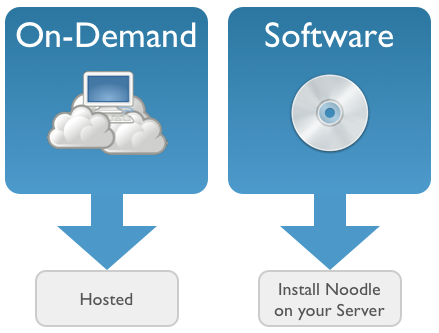Attorney Advertising. © Mitchell, Williams, Selig, Gates & Woodyard, P.L.L.C. 2025. Read More Call Now 800.576.5919 Newark Jersey City Paterson Elizabeth Lakewood Township Edison Woodbridge Township Toms River Hamilton Township, Mercer County Trenton Clifton Cherry Hill Brick Township Camden Bayonne Passaic East Orange Union City Franklin Township, Somerset County Middletown Township Old Bridge Township Gloucester […]
Author Archives: njgate
Beginning of dialog window. Escape will cancel and close the window. Text. Color. White, Black, Red, Green, Blue, Yellow, Magenta, Cyan. Read More Call Now 800.576.5919 Newark Jersey City Paterson Elizabeth Lakewood Township Edison Woodbridge Township Toms River Hamilton Township, Mercer County Trenton Clifton Cherry Hill Brick Township Camden Bayonne Passaic East Orange Union City […]
… automatic gates. Meanwhile, Amirul Ariffin explained that the QR code is part of the government’s new initiative, aimed at expediting immigration … Read More Call Now 800.576.5919 Newark Jersey City Paterson Elizabeth Lakewood Township Edison Woodbridge Township Toms River Hamilton Township, Mercer County Trenton Clifton Cherry Hill Brick Township Camden Bayonne Passaic East Orange Union […]
… automatic gate system (autogate). “The QR code system is very efficient, because it shortens wait times, and we no longer … automatic gates. Read More Call Now 800.576.5919 Newark Jersey City Paterson Elizabeth Lakewood Township Edison Woodbridge Township Toms River Hamilton Township, Mercer County Trenton Clifton Cherry Hill Brick Township Camden Bayonne Passaic East […]
… automatic gate system (autogate). “The QR code system is very … automatic gates. — BERNAMA. KATA KUNCI. qr code clearance malaysians … Read More Call Now 800.576.5919 Newark Jersey City Paterson Elizabeth Lakewood Township Edison Woodbridge Township Toms River Hamilton Township, Mercer County Trenton Clifton Cherry Hill Brick Township Camden Bayonne Passaic East Orange Union […]
… automatic gates would open “any second.” First-day riders had first-day questions along the way, to be sure, and a handful of mostly minor … Read More Call Now 800.576.5919 Newark Jersey City Paterson Elizabeth Lakewood Township Edison Woodbridge Township Toms River Hamilton Township, Mercer County Trenton Clifton Cherry Hill Brick Township Camden Bayonne Passaic East […]
Allendale, New Jersey is a borough located in Bergen County. The town is home to just over 6,000 residents and is a great place to raise a family. The town has a rich history dating back to the Revolutionary War. Allendale is also known for its quaint downtown area, which is lined with shops and […]
If you’re in need of a quality gates service in Allamuchy, NJ, look no further than Gates Service NJ. We specialize in all types of gates, including automatic gates, security gates, and more. We’re dedicated to providing our customers with the best possible service, and our experienced team will work with you to find the […]
The measures taken to ease congestion at the Causeway include extending the use of automatic gates to Singaporeans. ST PHOTO: ALPHONSUS CHERN. Read More Call Now 800.576.5919 [mwai_chat] Newark Jersey City Paterson Elizabeth Lakewood Township Edison Woodbridge Township Toms River Hamilton Township, Mercer County Trenton Clifton Cherry Hill Brick Township Camden Bayonne Passaic East Orange […]
CALL 800-974-6140 Name-sq mi Newark Jersey City Paterson Elizabeth Lakewood Township Edison Woodbridge Township Toms River Hamilton Township Trenton Clifton Cherry Hill Township Brick Township Camden Bayonne Passaic East Orange Union City Franklin Township Middletown Township Old Bridge Township Gloucester Township North Bergen Irvington Piscataway Vineland Hoboken Union Township Jackson Township Parsippany-Troy Hills Perth Amboy […]


